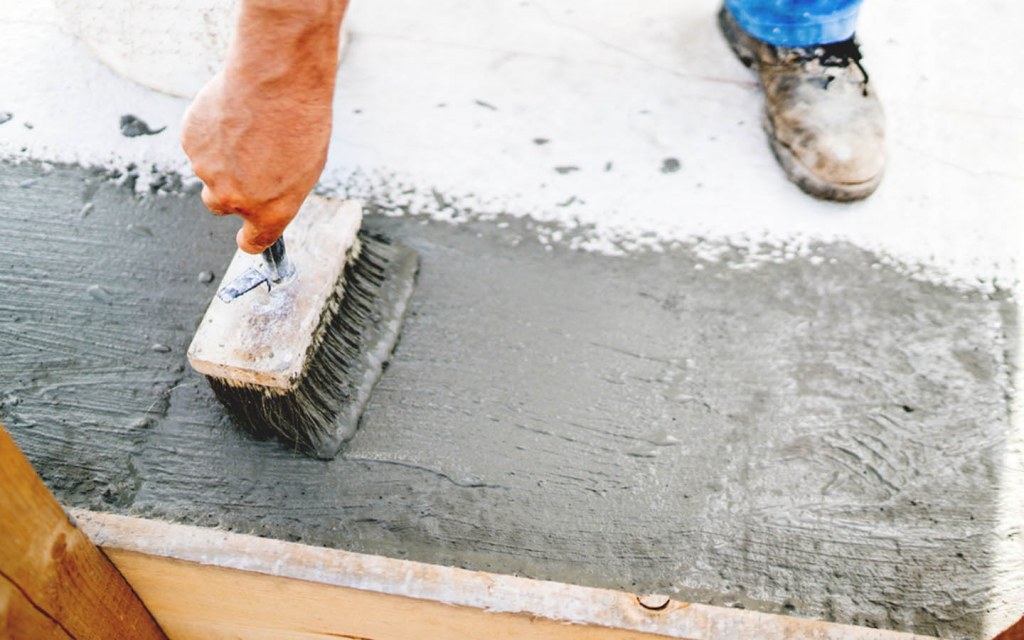Moisture Barrier Misconceptions Debunked: What You Need to Know
Water-proofing is a crucial aspect of maintaining the integrity of any home or building. Regardless of its significance, many false beliefs surround this necessary practice, causing misunderstandings about its need and effectiveness. As a homeowner or property manager, it's vital to separate fact from fiction to ensure that your investment is protected from water damage. Ignoring waterproofing can lead to significant financial losses and compromise the safety and comfort of your living or working space.

In this article, we will bust common waterproofing myths and provide you with the data you need to make knowledgeable decisions for your property. From comprehending why waterproofing is essential to exploring the various techniques available, we will cover everything you should know to keep your home safe and dry. Get ready to discover how proper waterproofing can protect you a lot in repairs and prolong the lifespan of your property.
The Importance of Waterproof Solutions
Waterproofing is a vital aspect of preserving the soundness and longevity of every residential property or building. It protects structures from water damage, which can lead to expensive repairs and a decline in real estate value. By adopting effective waterproofing strategies, homeowners and builders can stop water penetration that often results in fungal growth, wood deterioration, and foundation issues. This forward-thinking approach not just safeguards the physical structure but also contributes to a better residential space.
Overlooking waterproofing can result in substantial cost implications. Moisture issues is one of the leading reasons of insurance needs, and the financial obligations associated with fixes can quickly add up. From addressing leaks to removing and replacing damaged flooring and wall structures, the costs can be overwhelming. Putting leaky basement in effective waterproofing measures in advance is a smart strategy to preserve significant amounts in repair costs, ultimately maintaining the worth of the financial commitment in your real estate.
Additionally, waterproofing is important for energy savings in buildings. When moisture enters the building, it can lead to higher humidity and variations in temperature, causing heating and cooling systems to work harder. Well-waterproofed spaces provide consistent climatic conditions, which can lower energy expenses and enhance living comfort. This element of waterproofing not only enhances the facility's efficiency but also advocates for sustainability efforts by minimizing power consumption.
Frequent Sealing Myths
One prevalent misconception about waterproofing is that it is only required for homes in flood-risk areas. Many homeowners believe that if their home is not a declared flood zone, they can omit waterproofing measures. However, water seepage can occur in any location due to heavy rains, plumbing failures, or changes in the topography. Ignoring waterproofing heightens the risk of fungus, structural issues, and financially burdensome repairs, making it necessary for every home and building, no matter its location.
Another belief is that the waterproofing process is a temporary fix. Many individuals think that once they have used waterproofing materials, their house will be safe from water damage forever. This is far from the truth, as waterproofing systems can break down over time due to wear and tear, exposure to extreme conditions, and other surrounding elements. Regular inspections and maintenance are crucial to ensure the performance of waterproofing measures and to address any potential issues before they escalate.
Lastly, there’s a notion that DIY waterproofing is just as good as hiring a professional. While there are many products available for DIYers to tackle waterproofing on their own terms, the reality is that getting the best results often requires in-depth knowledge and expertise. Skilled waterproofing contractors are supplied with advanced techniques and materials that can provide a greater level of protection and longevity, ultimately saving property owners time, effort, and money in the future.
Functional Waterproofing Techniques
Regarding successful waterproofing, a combination of methods adapted to your property’s individual needs is important. Indoor waterproofing solutions, including putting in drainage systems and applying sealants on foundation walls, can efficiently control moisture that seeps in from the outside. This is particularly important for basements, where higher humidity can lead to mold and structural damage. Employing sump pumps can also aid to channel water away from foundations in areas prone to flooding.
Exterior waterproofing, on the other hand, focuses on preventing water from getting into your building at all. This could include grading your landscape to provide proper drainage, putting down waterproof membranes on foundational walls, and making sure that gutters and downspouts are sufficiently directing rainwater away from your home. These preemptive measures are imperative in safeguarding your property from water damage and preserving its structural integrity.
For outdoor spaces, think about waterproofing your deck or patio with high-quality coatings that can resist moisture. Choosing waterproofing solutions for balconies, terraces, and even swimming pools assists to prevent costly repairs in the future. Picking the right products for these areas, alongside appropriate installation, optimizes their lifespan and functionality, ensuring that your investments remain protected from the elements.